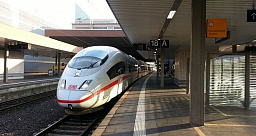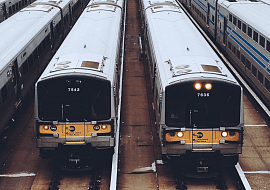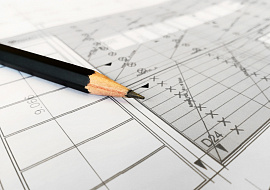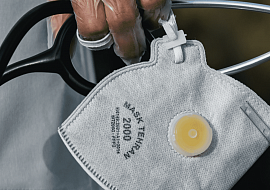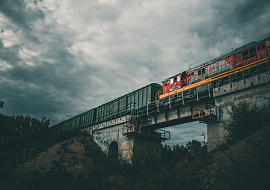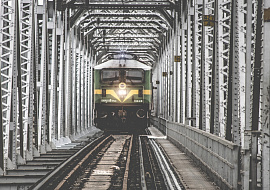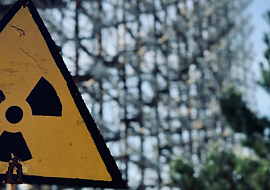Progress of Rail Inspection
Originally rail inspections were done visually. Not only was this time consuming and expensive, since often equipment had to be taken out of service, but in many cases, it proved to be reactive measures rather than proactive. Increased rail traffic and higher speeds have led to shorten maintenance windows. This is where predictive automated inspection tools are becoming crucial for the success of the railroad industry. These types of inspections could help reach higher safety standards, increase productivity, and reduce operating costs.
Rails are inspected for defects on a regular basis using different non-destructive evaluation techniques, such as acoustic emission inspection, ultrasonic inspection, visual detection, magnetic flux leakage method, as well as others. With the growth of the railroad industry the data gathered from the evaluations has increased significantly. This is where big data is becoming a potential challenge for rail inspection.
Railroad specialists and IT engineers have come together to create comprehensive monitoring technologies that can process data from various equipment measurement systems, including high-resolution imaging technology, rail inspection sensors, and autonomous inspection systems to produce reports. These advanced systems utilize unified open architecture platforms and integrate multiple types of sensors and logic control devices. Thanks to technologies like these it is possible to quickly and automatically monitor, assess, record, and transmit detailed information about the state of the railroad and all its components. The ability to combine different functions in one solution can obviously improve performance and increase productivity of the railroad industry. By investing in information technology systems, railroads will be capable to withstand the challenge of faster speeds, heavier loads, and shorter maintenance times.
PSA has an impressive range of skills and detailed knowledge in the railroad industry that can be effectively applied to railway signaling solutions and help improve proficiency and safety on the railway.
Sources:
gao.gov/assets/320/314037.html


